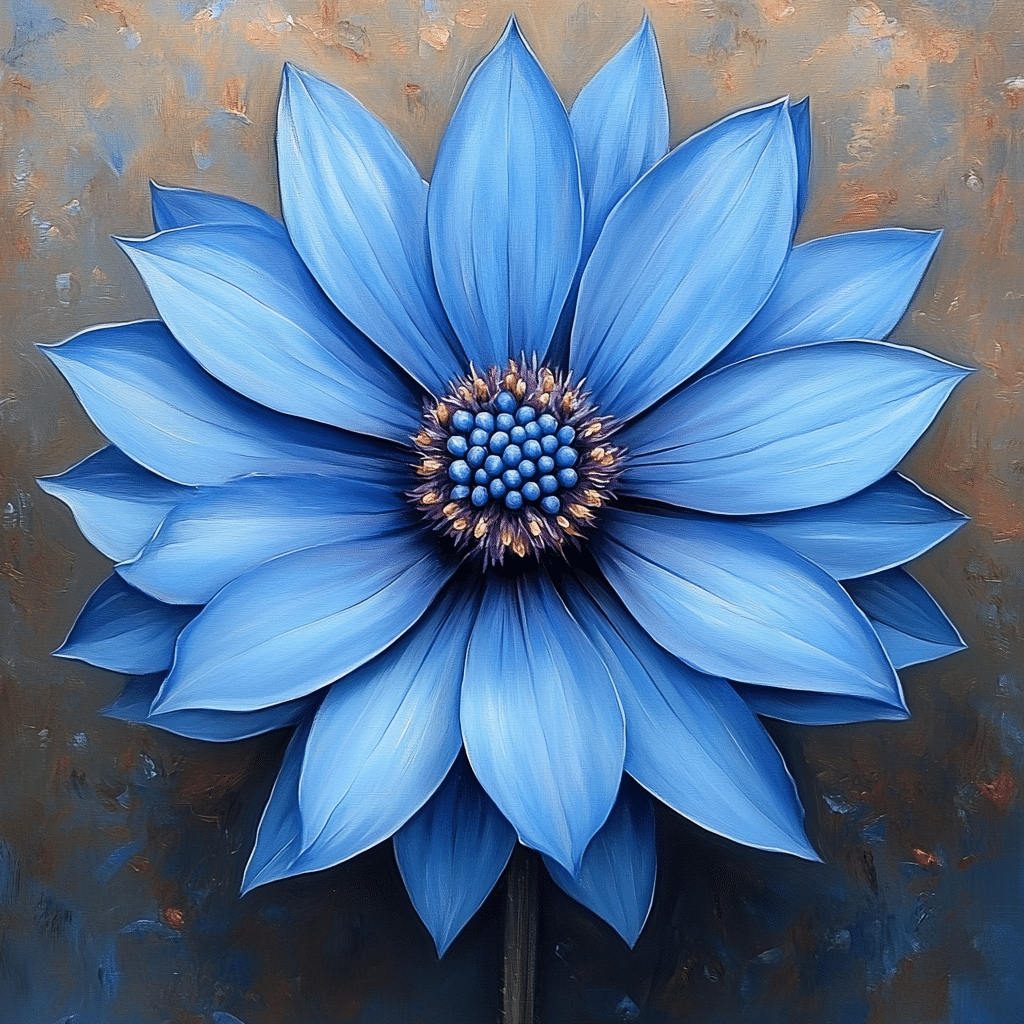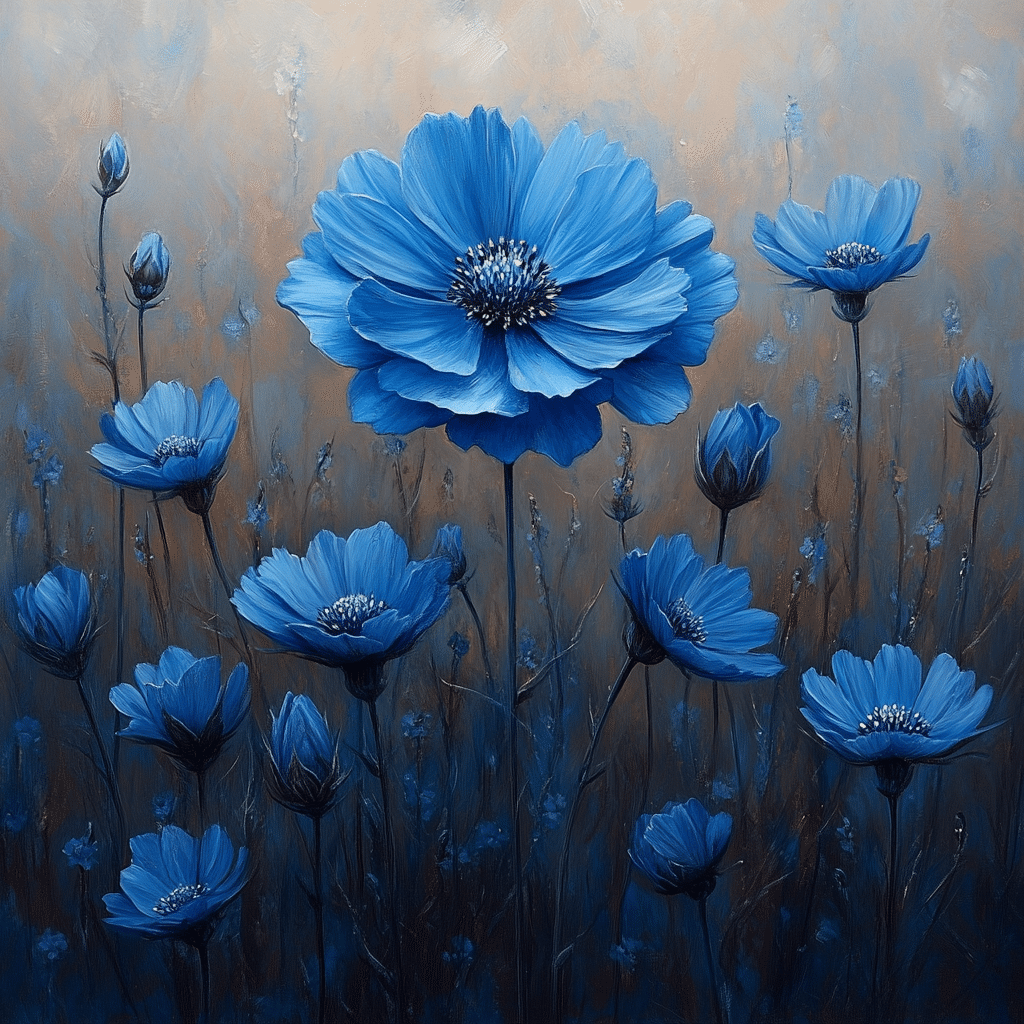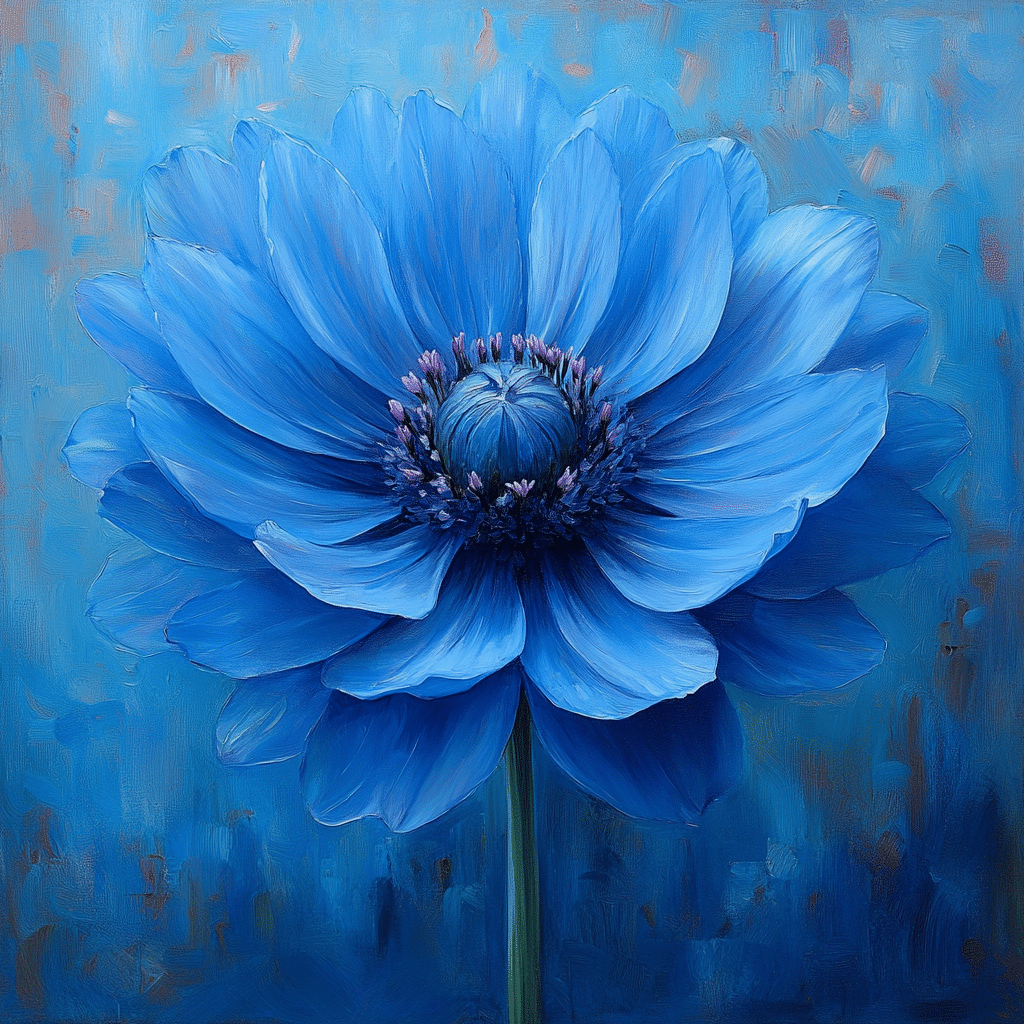The Versatility of Blue Cornflower: An In-depth Exploration
Blue cornflower (Centaurea cyanus) is known not only for its stunning azure petals but also for its versatile applications and health benefits. Originating in the Mediterranean region, blue cornflower has woven itself into the tapestry of traditional and modern medicinal practices. Today, it is celebrated for its diverse uses, from skincare to culinary, making it a sought-after ingredient in professional kitchens and beauty routines alike.
The Origins and Historical Uses of Blue Cornflower
Blue cornflower’s rich history stretches back to ancient times. The Mediterranean served as its cradle, where it was initially discovered and cultivated. Historical records reveal that ancient Greeks utilized blue cornflower extracts to treat eye ailments and reduce inflammation. Meanwhile, in Medieval England, it was revered as a protective talisman, believed to ward off evil spirits and enhance vision.
This humble herb didn’t just stop at folklore. With time, blue cornflower became a staple in European herbal medicine. Its symbolic and practical uses proliferated across various cultures, transcending its mere ornamental value. By the 18th century, it was firmly embedded in traditional medicine, used for treating not only eye conditions but also a variety of other ailments such as fever, chest congestion, and digestive issues.

| Category | Details |
| Botanical Name | Centaurea cyanus |
| Common Names | Blue Cornflower, Bachelor Buttons |
| Plant Type | Annual |
| Height | 20–100 cm (8–39 inches) |
| Stem Color | Grey-green, branched |
| Flower Color | Striking blue |
| Habitat | Fields, roadsides, railroads; often seen as a weed |
| Soil Requirements | Adaptable; tolerates poor soils, prefers well-drained soils |
| Water Requirements | Low to medium moisture; tolerates low water conditions |
| Sowing Instructions | Sow seeds 13mm (½ inch) deep in moist soil; thin seedlings to 15-23cm (6-9 inches) apart |
| Growing Period | 65 days from seed to bloom; can be planted when temperatures dip below freezing |
| Medicinal Uses | – Tea: Treats fever, constipation, water retention, chest congestion, menstrual disorders, and yeast infections |
| – Topical: Applied directly to eyes for irritation or discomfort | |
| – Infusion: Used for dropsy, constipation, mouthwash for ulcers, and bleeding gums | |
| Active Properties | Antipruritic, antitussive, astringent, weakly diuretic, emmenagogue, ophthalmic, mildly purgative, tonic |
| Flavor Profile | Smooth and spiced, similar to clove; used in tea, pastries, cocktails, and salads |
| Culinary Uses | Eaten fresh or dried for tea; used in cooking for its delicate spicy-sweet flavor |
| Safety and Dosage | Dry flowers available without prescription in Russia; safe in decoctions at 18 mL, taken 3 times daily |
| Invasiveness | Considered an invasive species in some regions despite its attractiveness |
| Maintenance | Low maintenance; does not require fertilization |
| Planting Advice | Best planted early in spring to allow establishment before warmer weather |
Modern Medicinal Uses of Blue Cornflower
Blue Cornflower and Skincare: A Natural Elixir
In today’s wellness landscape, blue cornflower has gained recognition for its remarkable skincare benefits. Leading brands like Herbivore Botanicals incorporate blue cornflower extract into their products owing to its anti-inflammatory and astringent properties.
The resurgence of this ancient remedy in modern skincare highlights a trend towards embracing natural ingredients. The blue cornflower’s attributes contribute significantly to a routine aimed at achieving radiant, calm skin.
The Detoxifying Power of Blue Cornflower in Teas
Blue cornflower is not just a feast for the eyes; it also works wonders in the world of herbal teas. Brands such as Twinings and Pukka incorporate blue cornflower into their detox tea blends.
Teas featuring blue cornflower can serve as both a refreshing beverage and a means of supporting overall wellness.
The Role of Blue Cornflower in Culinary Delights
Elevating Dishes with Blue Cornflower
Gourmet chefs and home cooks are discovering the culinary potential of blue cornflower. Renowned restaurants like Noma in Copenhagen have elevated their dishes using blue cornflower petals.
Using blue cornflower as a garnish not only beautifies a dish but also introduces a unique, delicate flavor that surprises the palate.
Nutritional Benefits of Incorporating Blue Cornflower
The inclusion of blue cornflower in your diet isn’t just about aesthetics and flavor—it’s a nutritious powerhouse.
These attributes make blue cornflower a valuable addition to a balanced diet, providing nutritional benefits that enhance well-being.

Environmental and Agricultural Significance of Blue Cornflower
Blue Cornflower as a Pollinator Friend
In environmental terms, blue cornflower plays a vital role in supporting biodiversity. Its flowers attract important pollinators like bees and butterflies.
Thus, blue cornflower stands as a critical player in environmental conservation efforts, attracting pollinators and enhancing biodiversity.
Sustainable Cultivation Practices
Farmers and gardeners are exploring sustainable cultivation practices for blue cornflower.
These practices underline blue cornflower’s crucial role in promoting sustainable agriculture, contributing to soil health and reducing the need for chemical interventions.
Integrating Blue Cornflower Into Your Lifestyle
DIY Remedies and Home Uses
For those intrigued by blue cornflower’s benefits, incorporating it into your home remedies can be highly rewarding.
Herbalists like Rosemary Gladstar advocate for blue cornflower’s versatility, emphasizing its potential in homemade skincare and wellness products.
Blue Cornflower in Wellness and Beauty Routines
Integrating blue cornflower into your regular wellness routine is both enriching and straightforward.
These simple yet effective methods can significantly enrich your wellness practices, harnessing the natural benefits of blue cornflower.
Illuminating the Path Forward with Blue Cornflower
The resurgence of blue cornflower in modern wellness, culinary arts, and agriculture mirrors our growing inclination towards natural living. Beyond its vibrant beauty, blue cornflower embodies traditional wisdom, offering a spectrum of benefits that span health, cuisine, and ecology. By embracing blue cornflower, we invite a lifestyle enriched by the harmony and healing potentials of the natural world. So next time you spot this radiant blue bloom, remember its multifaceted contributions and consider weaving its magic into your life.
Now, delve into a world where tradition meets modernity, and experience the myriad benefits of the blue cornflower in all its glory.
Sources : battery warehouse, Ansar Allah, Housing Interest Rates Today, Housing Loan interest Rate, Mortgage Quote, Bluey Shirt, Bluey Stickers, Bluntisham
Blue Cornflower: The Versatile Healing Herb
A Glimpse Into History
Ah, the blue cornflower! Known by its scientific name, Centaurea cyanus, this little flower isn’t just a pretty face. Historically, it was a symbol of wealth and status in Ancient Egypt, adorning the tombs of pharaohs. It’s fascinating to think that this delicate herb has been around for centuries, serving both ornamental and practical purposes as a natural remedy for eye irritation.(
Multifaceted Uses
Fast forward to today, and blue cornflower’s versatility continues to amaze. Did you know that apart from its medicinal qualities, it’s also a culinary delight? Its petals, for instance, are often used to garnish salads and infuse teas with a mild, spicy flavor. This herb is not only rich in antioxidants but also known for its anti-inflammatory properties.(
Fun Tidbits
Here’s an interesting nugget for you: the blue cornflower is the national flower of Estonia. It symbolizes resilience and freedom, which fits considering how hardy this plant can be. Another quirky fact is its nickname—“Bachelor’s Button.” In Victorian times, bachelors would wear a blue cornflower in their buttonholes when courting. How romantic, right? Equally surprising, its vibrant blue hue isn’t just for looks; it has been used historically to dye fabrics naturally.(
It’s also worth noting, the blue cornflower’s calming properties are harnessed in various skincare products today. Credited with soothing irritated skin, it’s an ingredient you’ll find in many organic facial mists and creams.(
So, the next time you spot a blue cornflower, remember it’s not just a bloom; it’s a rich tapestry of history, medicine, and culinary delight—all rolled into one stunning flower.

Is blue cornflower invasive?
Yep, blue cornflower is an invasive species. While it’s admired for its striking blue flowers, it often spreads aggressively, crowding out native plants if not managed properly.
Where do blue cornflowers grow?
Blue cornflowers are often seen popping up in fields, along roadsides, and even near railroads. They’re pretty adaptable, thriving in a variety of soil conditions without needing much fuss.
What does blue cornflower taste like?
Blue cornflower has a smooth, spiced flavor, quite similar to cloves. This makes it a fantastic addition to teas, pastries, cocktails, and even salads for that extra zing.
What does the blue cornflower symbolize?
Blue cornflower is often associated with positive attributes like hope, devotion, and a sense of remembrance. Some folks also tie it to the idea of being delicate yet enduring.
Do cornflowers return every year?
Nope, cornflowers aren’t perennials. They are annual plants, so you gotta replant them each year if you want those lovely blue blooms back in your garden.
Will cornflowers spread?
Cornflowers can spread pretty easily if left to their own devices. They drop seeds that can sprout into new plants, leading to a spread over time.
Where is the best place to plant cornflowers?
The best spot to plant cornflowers is in finely raked, moist soil where you want them to bloom. Make sure the soil is well-drained to keep the plants happy.
Do cornflowers like sun or shade?
Cornflowers love soaking up the sun, so plant them in areas that receive full sunlight. They’ll really thrive and produce those vibrant blue flowers you’re after.
What insects do cornflowers attract?
In terms of insects, cornflowers attract pollinators like bees and butterflies. They’re a great addition if you’re looking to create a pollinator-friendly garden space.
What is blue cornflower good for?
Blue cornflower is used for treating a variety of ailments including fever, constipation, water retention, and chest congestion. It’s also handy as a tonic, a bitter, and for stimulating the liver and gallbladder. Some women use it for menstrual disorders and vaginal yeast infections.
Why is it called cornflower blue?
The term “cornflower blue” refers to the bright blue color of the cornflower petals. It’s a color that’s been admired and referenced in art, fashion, and design.
Can you eat blue cornflower petals?
Yes, you can eat blue cornflower petals. They’re often used fresh in salads or dried in teas, and they add a unique spicy-sweet flavor to dishes.
Is blue cornflower a wildflower?
Yep, blue cornflower is indeed a wildflower. You’ll often spot it growing naturally in fields or along roadsides without any special care.
What is the myth of cornflowers?
One myth around cornflowers is that they were worn by young men in love. If the flower faded too quickly, it was taken as a sign that the man’s love was unrequited.
What is the folklore of the blue cornflower?
In folklore, the blue cornflower is often seen as a symbol of hope and love. It’s said to bring good luck and is sometimes worn as a charm against evil.



